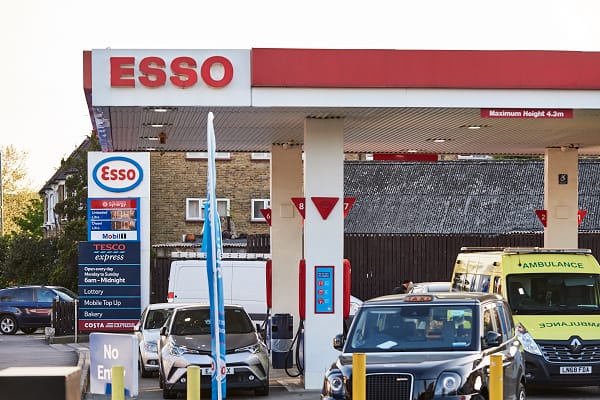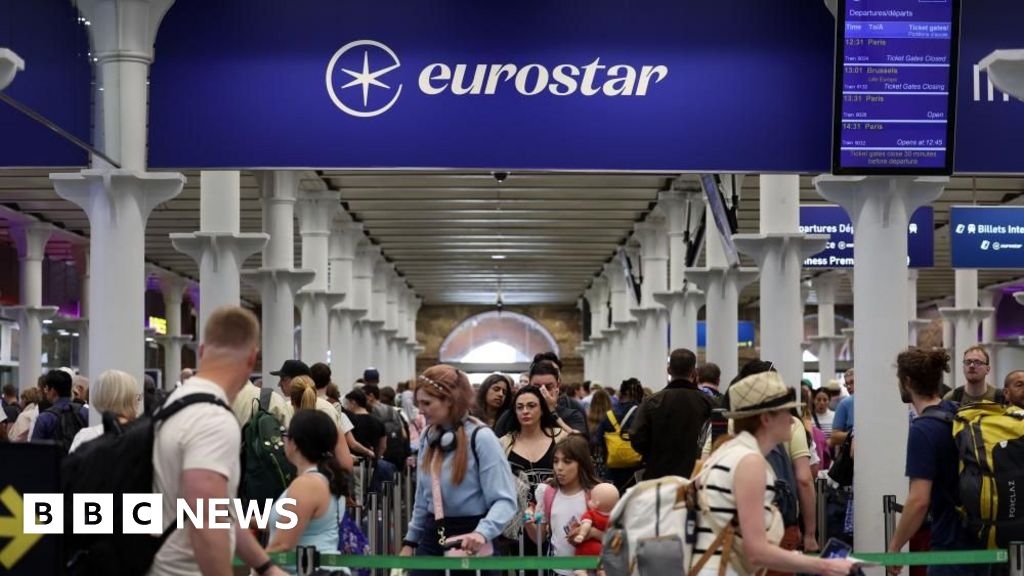Bussiness
Have the wheels come off home deliveries? – London Business News | Londonlovesbusiness.com

Just three years ago, specialist online retailers such as grocery delivery firm Getir, car sellers Cazoo and clothing retailers Asos and Boohoo were the darlings of investors.
At the height of Covid it looked like the end of the road for the High Street in the face of easier and safer home deliveries.
Now the online grocery giant Ocado is set to tumble out of the FTSE 100, Getir has got out of the UK, Cazoo is in administration and Asos and Boohoo have become online fashion victims.
Is the High Street set to return to its pre-Covid dominance? The home delivery expert Parcelhero has undertaken a new analysis of online spending patterns over the past decade. It says there has been a significant realignment in the balance between e-commerce and the High Street, but retail has now found its post-Covid status quo.
Parcelhero’s Head of Consumer Research, David Jinks M.I.L.T., said, ‘E-tailers who rose to prominence during Covid have faced a shock reckoning in the last couple of years. One moment, High Street stalwarts such as Debenhams, Laura Ashley, Cath Kidston, Burtons and Harveys Furniture were falling into administration faster than you could say “lockdown”. The next, their online rivals look to be going the same way.
‘It’s easy to see in hindsight that unicorns such as Cazoo, which allowed shoppers to buy, part-exchange and finance vehicles entirely online, were always going to struggle once we all felt secure going out again. Existing car retailers have a reassuring infrastructure and a car is a major expense. We want to physically see a vehicle before we buy it.
‘Likewise, food delivery services such as London’s Jiffy, Bother, Oja and Gorillas disappeared. We couldn’t see how Getir could be sustainable long-term. Its hybrid gig economy model meant it gave its couriers hourly pay rather than per delivery as, for example, Deliveroo does. That wasn’t sustainable on the margins its users were prepared to pay for the convenience of 10-minute deliveries. The promotional offers it launched within the UK in September 2021 looked too good to be true because they were.
‘Asos revealed recently its losses widened to £120m ($152m) in its half year to March. Its adjusted pre-tax losses fell by almost a third and group sales were down 18%. The results followed a near-£300m loss in Asos’ last full year to 3 September 2023. Similarly, fellow e-commerce fashion site Boohoo has reported that its statutory pre-tax losses widened by 69.2% to £159.9m ($199.7m), from the previous year’s loss of £90.7m ($115m).
‘However, reports of the death of e-commerce are greatly exaggerated. For one thing, even post-Covid, High Street retailers can hardly be said to have bounced back to robust full health. Since the pandemic, we’ve continued to see the demise of High Street stalwarts such as Wilco and The Body Shop as retailers of all types, whether physical or online, continue to struggle in the face of inflation.
‘Indeed, the UK e-commerce scene is still attractive enough to tempt the likes of the online fast-fashion giant Shein to float on the FTSE100 rather than Wall Street. Last year, Shein reportedly sold $45bn (£35bn) of clothing for a $2bn (£1.57bn) profit. That’s proof positive that e-commerce still has a huge role to play in global retail.
‘With those figures in mind, Parcelhero had carried out a detailed analysis of recent retail patterns and what appears to have been a turbulent ride for e-tailers has, in fact, been remarkably stable for some time.
‘In pre-Covid January 2018, e-commerce only took 16.9% of overall retail sales in the UK. Flash forward to February 2021, when lockdowns were hammering the High Street, investors couldn’t hurl money at e-commerce unicorns fast enough and online snaffled 37.3% of all retail trade.
‘However, from that giddy height, online then fell back to 26.3% of the entire retail spend by March 2022. That was quite a fall from grace, but that’s when the crash ended. It’s important to realise that, since then, e-commerce’s share of the overall retail market has been remarkably stable. For over two years, we have seen it bob between a low of 25.6% and a high of 27.5% with the majority of months around 26%.
‘That key figure of e-commerce accounting for 26% of all retail spending should give realistic tech and online companies a firm number to work on, in terms of their future plans and valuations. Of course, we will continue to see some overstretched online companies fail and struggling physical stores crumble as the new equilibrium settles down, but the earthquake is over.
‘It will be those retailers with strong in-store and online sales that will ultimately triumph in a post-Covid world.’









